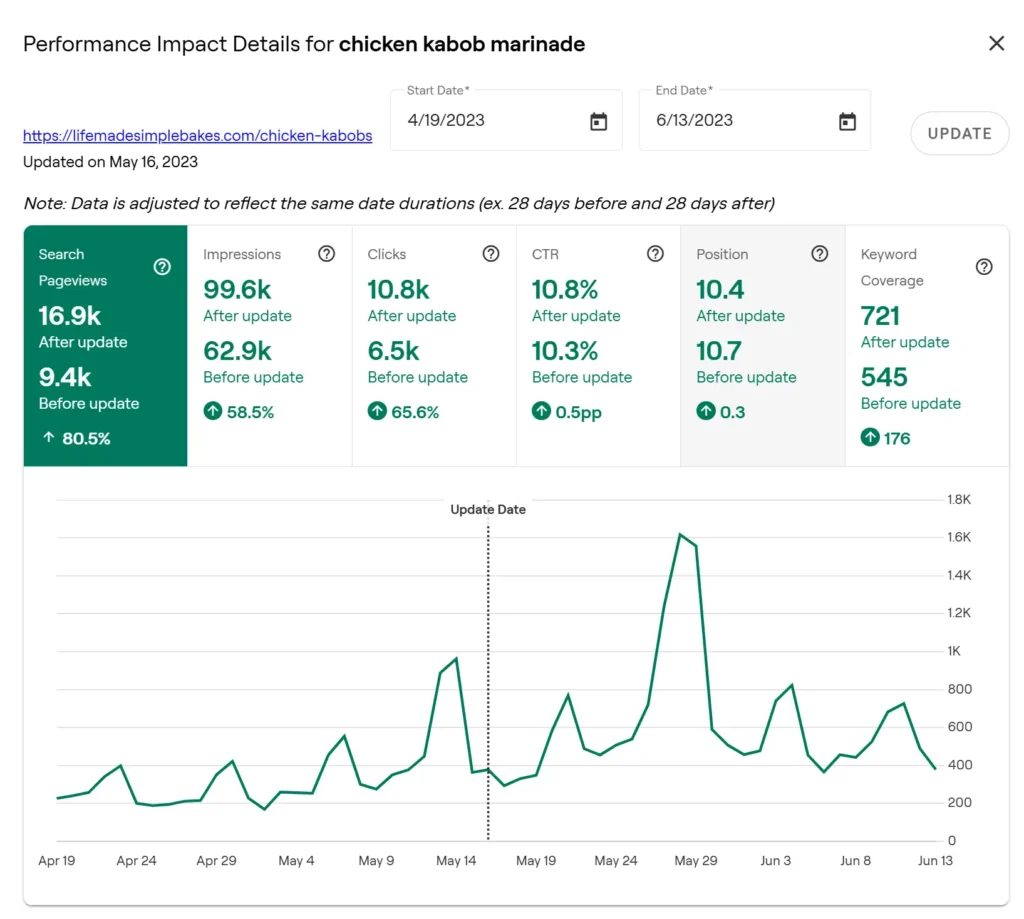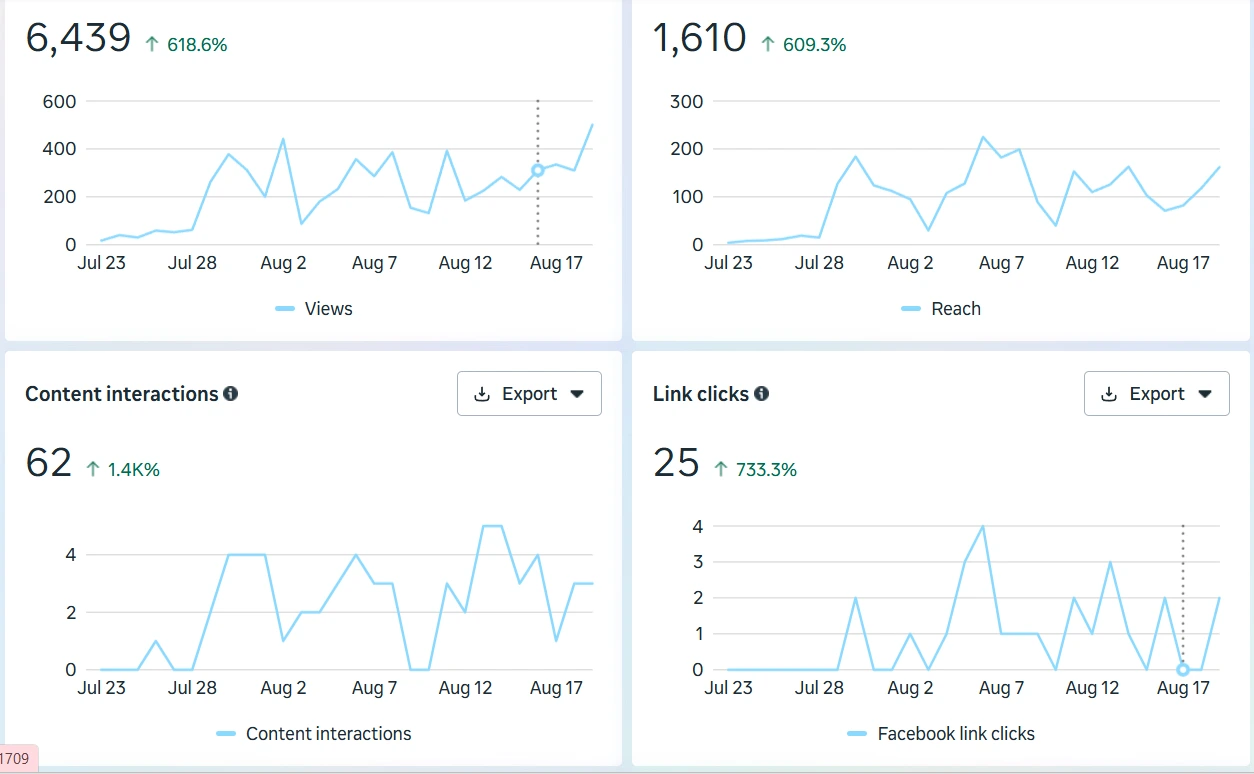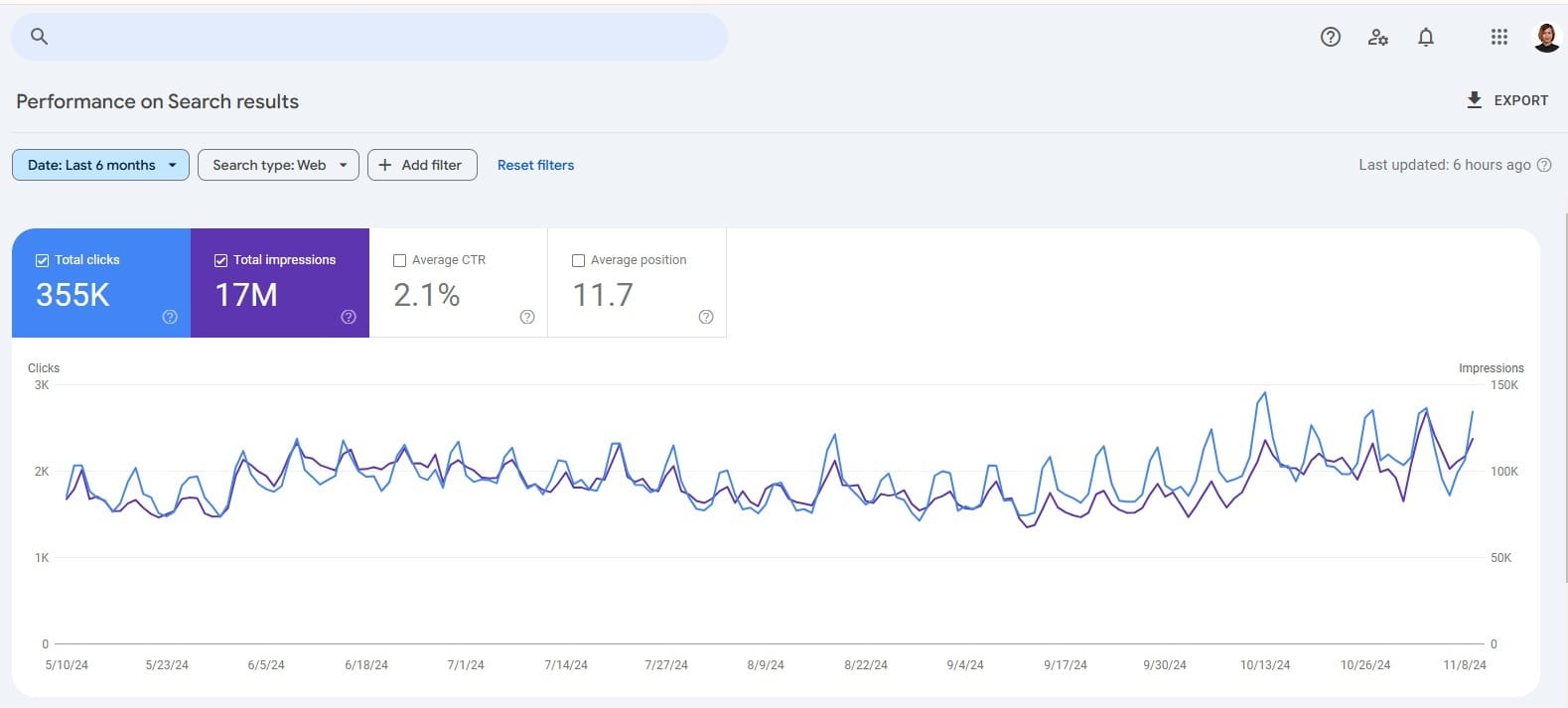Food Blog SEO Optimization for Two US-Based Sites

Project Overview
I led a full food blog SEO optimization project for two long-running US-based recipe sites. The goal: improve performance without adding new content.
- Client/Company: Two US-based food blogs
- Type of Work: SEO optimization, content cleanup, technical restructuring
- My Role: SEO Specialist and Content Optimizer
- Tools Used: Google Search Console, SEMrush, Yoast, ConvertKit, WP Recipe Card
- Timeline: 2023 – 2025
- Scope: Optimization of existing posts only (no new content was added)
Why the Blogs Needed Cleanup
In food blogging, competition is tough, and SEO optimization for food blogs needs to keep up with search updates. These sites weren’t broken, but years of neglect added friction for users and search engines alike.
Some posts had long intros that drifted away from the actual recipe. A bit of story is fine, but not when the ingredients are buried halfway down the page. Meta descriptions were missing, headings skipped levels, some posts weren’t linked anywhere, and the recipe cards were missing key details.
The value was there — it just needed to be delivered more clearly, both for readers and search engines.
- Industry Context: Food blogging is a competitive space, and how recipes show up online keeps changing. Strong structure and relevance matter more than ever.
- Problem Trigger: The sites weren’t broken, but they had gone untouched long enough that small issues added up and affected performance over time.
Key Issues Identified
- Wrote all ConvertKit email content, including subject lines, preview text, body copy, image blocks, buttons, and CTAs
- Managed Pinterest sharing, including editing and resizing pins using PicMonkey
- Previously handled X (formerly Twitter) cross-posting
- Started managing Meta posts (Facebook and Instagram) in late July 2025, and already showing results
My Role & Responsibilities

This screenshot highlights the SEO impact of my optimization work on a specific recipe post: Chicken Kabob Marinade.
After updating the post on May 16, 2023, the recipe saw the following improvements (comparing 28 days before vs. 28 days after):
- Pageviews increased by 80.5% (from 9.4K to 16.9K)
- Impressions grew by 58.5%
- Clicks jumped by 65.6%
- CTR slightly improved from 10.3% to 10.8%
- Average Position rose from 10.7 to 10.4
- Keyword Coverage expanded by 176 new keywords
SEO and Content Fixes
- Mapped new long-tail keyword targets for each post
- Used keywords consistently in meta titles, descriptions, headings, and throughout the post
- Rewrote intro paragraphs to better match search intent
- Added clear heading structure, FAQs, and expert tips
- Reviewed WP Recipe Card content to make sure fields like servings, times, and nutrition were complete
- Checked image sizes and added keyword-relevant alt text
- Internally linked orphaned posts and cleaned up category structure
- Trimmed unrelated content while keeping the blogger’s voice intact
- Fixed broken links and cleaned up redirect chains
Email and Social Sharing

- Wrote all ConvertKit email content, including subject lines, preview text, body copy, image blocks, buttons, and CTAs
- Managed Pinterest sharing, including editing and resizing pins using PicMonkey
- Previously handled X (formerly Twitter) cross-posting
- Started managing Meta posts (Facebook and Instagram) in late July 2025, and already showing results
What Was Happening Before
The blogs weren’t in crisis mode. They were still getting traffic. But after five years without updates, small issues started piling up. These included broken links, missing SEO fields, cluttered category structures, and inconsistent keyword use.
There wasn’t one major problem. It was a mix of smaller issues that made it harder for posts to maintain rankings and for users to find what they needed quickly.
Why It Worked

These blogs didn’t need to be rebuilt from scratch. What they needed was a strategic cleanup that made the existing content easier to read, navigate, and rank. The traffic potential was already there. It just wasn’t being fully maximized.
By improving keyword use, tightening up the structure, and delivering content in a way that matched how people actually search, we created a stronger foundation. The results held steady even without frequent publishing or aggressive backlink efforts.
